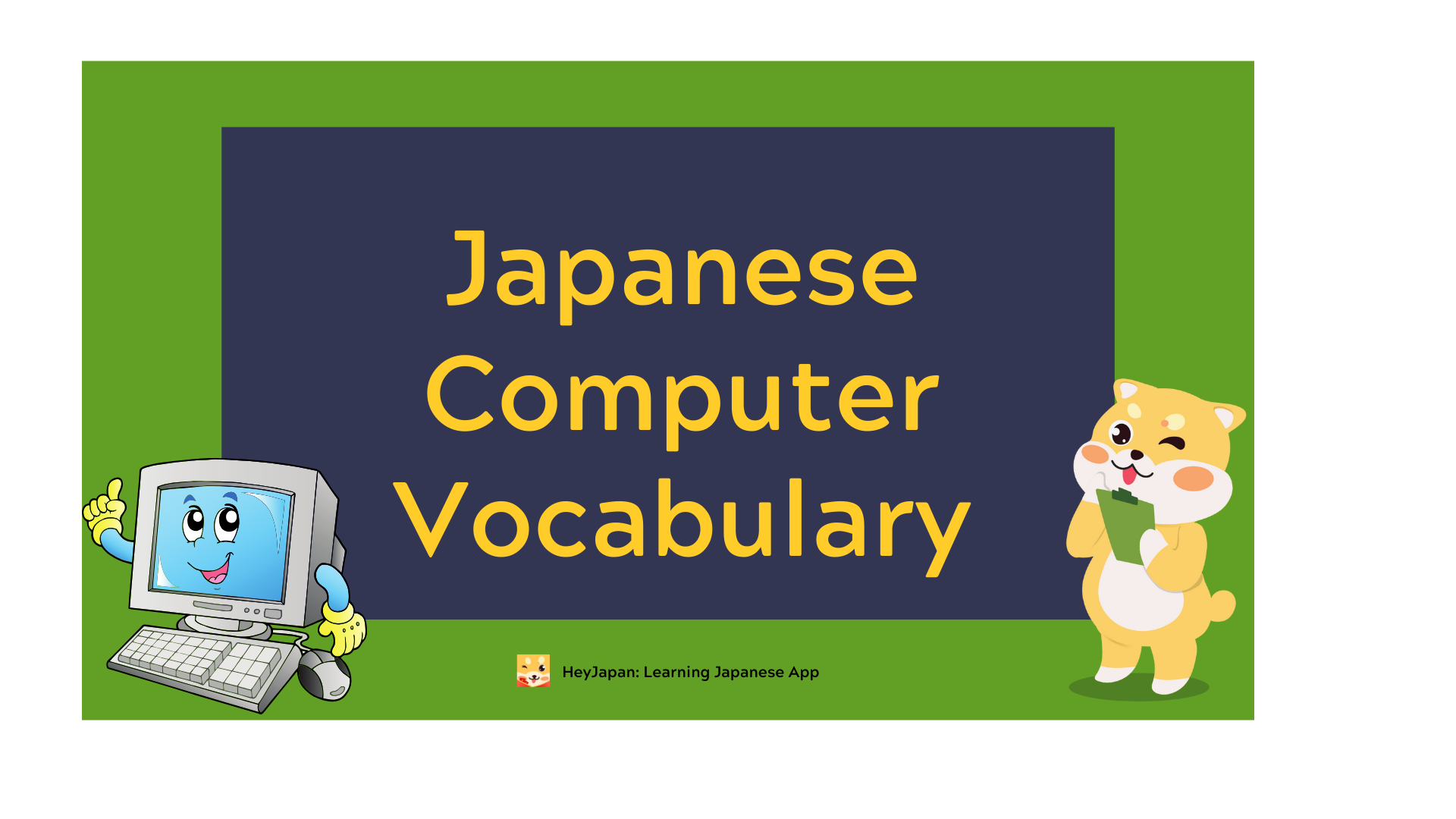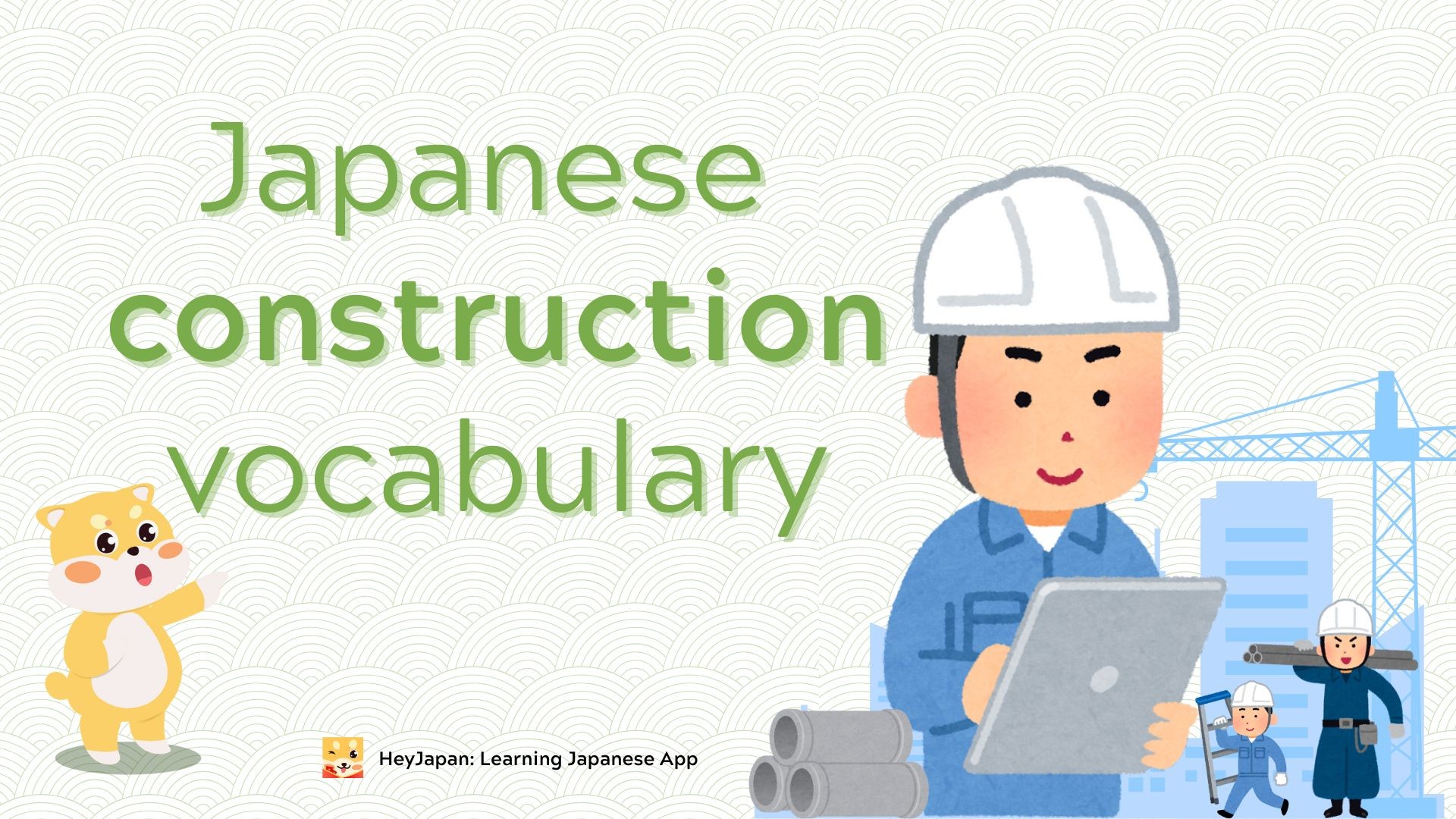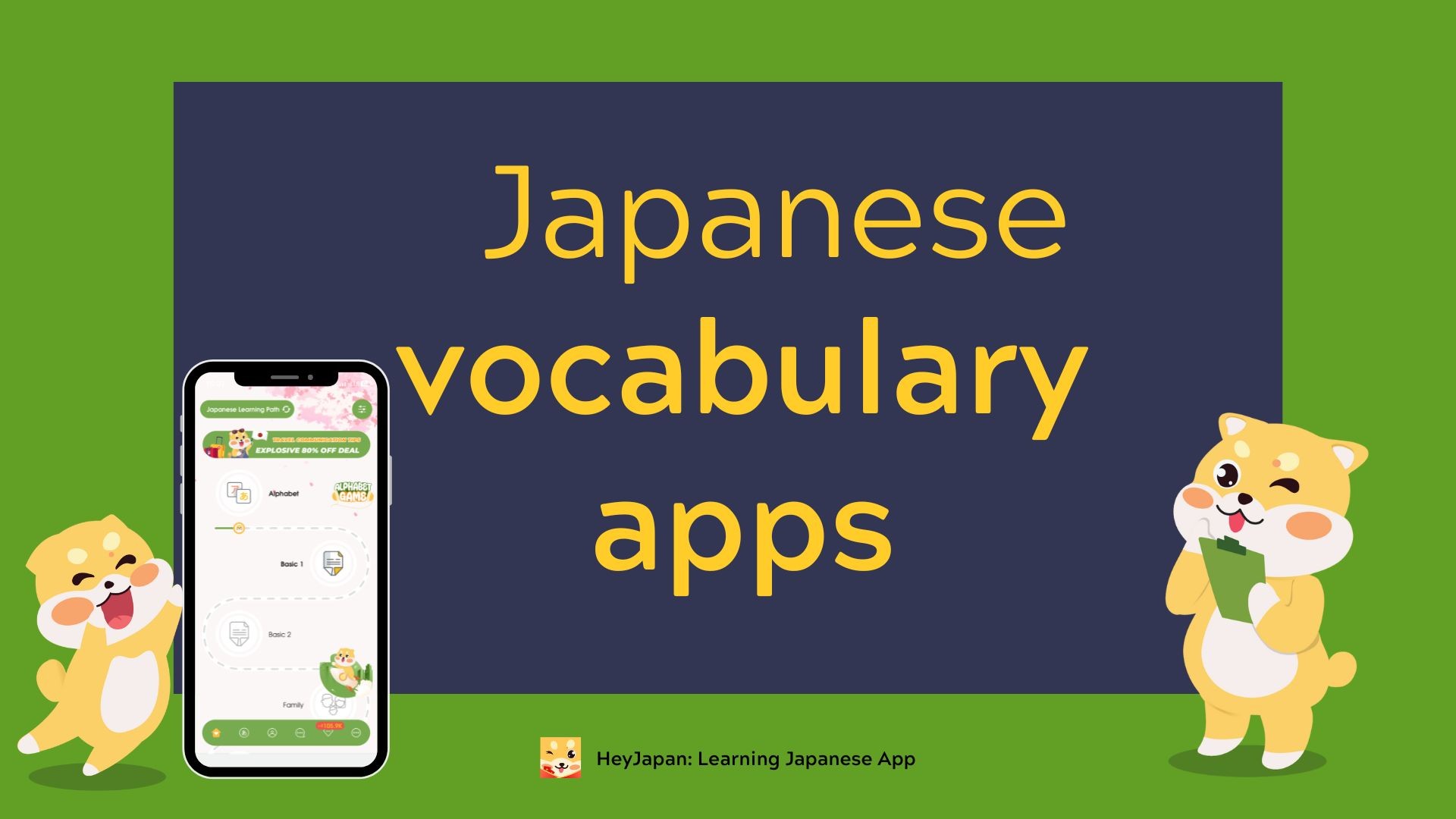- What Does "Konnichiwa" Mean?
- When and How to Use Konnichiwa
- 1. The Right Time of Day
- 2. Politeness and Context
- What Konnichiwa Represents in Japanese Culture
- How Konnichiwa Differs from Other Japanese Greetings
- Fun Facts About Konnichiwa
- Common Questions About Konnichiwa
- Final Thoughts
Have you ever wondered, "What does Konnichiwa mean?" This popular Japanese greeting translates to "Hello" or "Good afternoon" and is essential for anyone learning Japanese. This article’ll explore its meaning, cultural significance, and practical usage to help you communicate naturally and respectfully. Let’s dive in and make your Japanese learning journey even more exciting!
What Does "Konnichiwa" Mean?
At its core, "Konnichiwa" means "Hello" or "Good afternoon." It’s one of the most commonly used greetings in Japanese, especially during the daytime. However, its origins are rooted in a longer phrase:
"Konnichi wa gokigen ikaga desu ka" (今日はご機嫌いかがですか), which translates to "How are you feeling today?" Over time, this phrase was shortened to just "Konnichiwa," but the essence remains—a polite acknowledgment of the present moment.
If you're curious about the meaning of other Japanese phrases, you might want to learn what does Ja ne mean, which is commonly used as a casual farewell among friends.
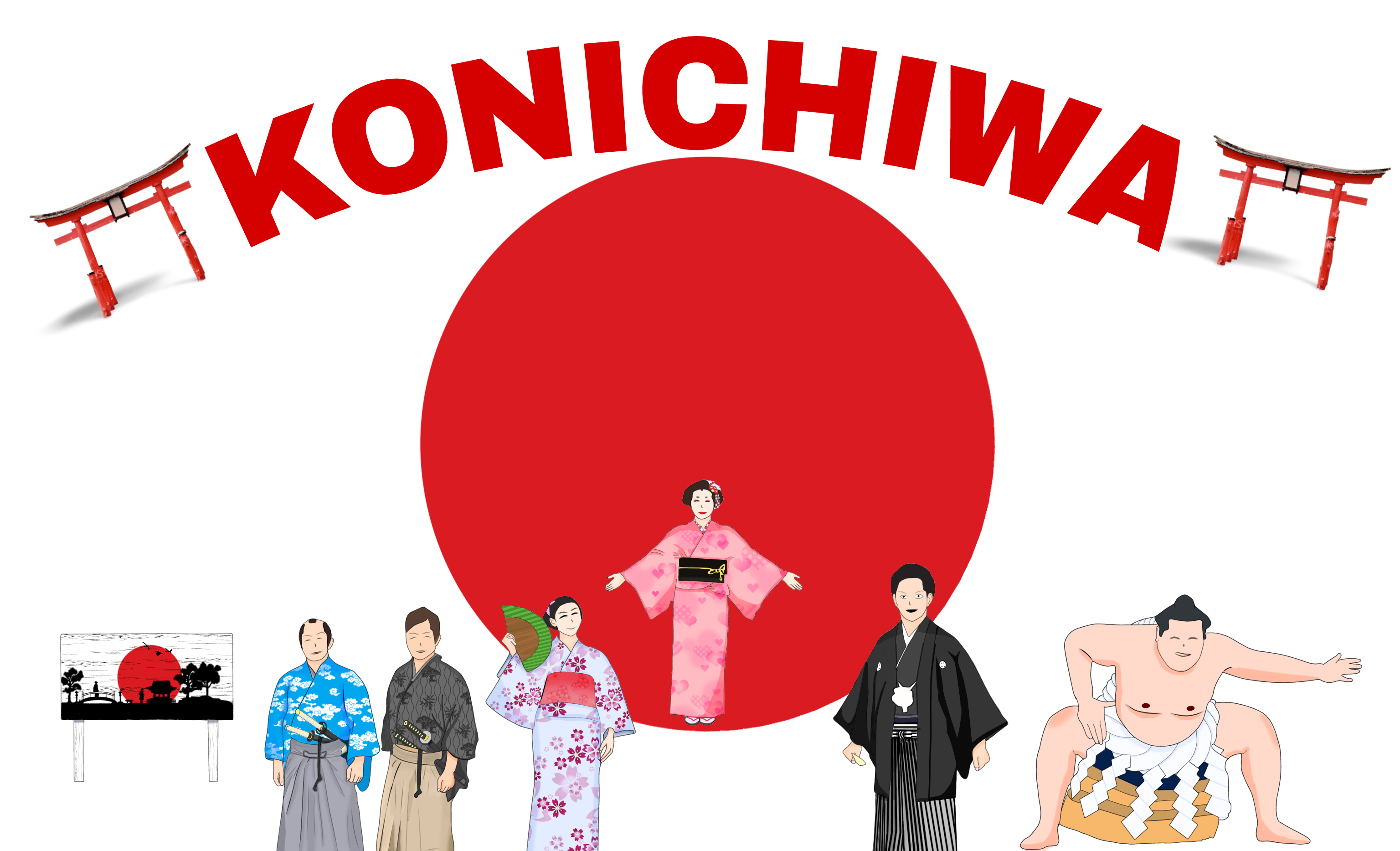
When and How to Use Konnichiwa
While “Konnichiwa” is versatile, it’s not a one-size-fits-all greeting. Here are some guidelines to ensure you use it appropriately:
1. The Right Time of Day
- Daytime Use:
"Konnichiwa" is typically used from late morning (around 10:00 AM) until early evening (around 6:00 PM). It serves as a neutral, polite greeting for meetings, casual conversations, or emails. - Morning or Evening:
In the morning, you should use “Ohayou gozaimasu” (おはようございます) to say “Good morning,” and in the evening, switch to “Konbanwa” (こんばんは) for “Good evening.”
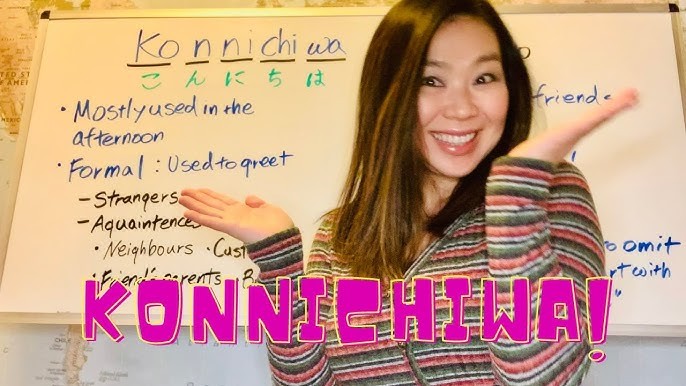
2. Politeness and Context
"Konnichiwa" works well in formal and semi-formal settings, such as:
- Greeting coworkers or acquaintances.
- Saying hello to someone you don’t know very well.
However, in more casual situations—like speaking with close friends—you might opt for something less formal, such as "Yahoo!" or "Nichiha."
What Konnichiwa Represents in Japanese Culture
In Japanese, greetings are more than words—they reflect respect, politeness, and social harmony. When you say “Konnichiwa,” you’re not just saying “hello”; you’re acknowledging the presence of another person with care and intention.
- Accompanied by a Bow:
A slight bow often accompanies “Konnichiwa,” especially in formal contexts. This gesture amplifies the respect embedded in the greeting. - Non-Verbal Communication:
In Japan, tone, eye contact, and body language are as important as words. A warm, genuine tone makes your “Konnichiwa” feel more heartfelt.
If you’re learning how to express yourself in Japanese, you might also want to check out how to write help in Japanese to handle everyday situations or emergencies.

How Konnichiwa Differs from Other Japanese Greetings
Learning Japanese greetings isn’t just about knowing what to say; it’s also about understanding when and why to say them. Here’s how “Konnichiwa” fits alongside other common phrases:
- Ohayou gozaimasu (おはようございます): “Good morning” (used until around 10:00 AM).
- Konbanwa (こんばんは): “Good evening” (used after sunset).
- Sayounara (さようなら): “Goodbye” (used for more permanent farewells).
- Oyasumi nasai (おやすみなさい): “Goodnight” (used before going to bed).
Each phrase reflects a specific time of day or situation, reinforcing the importance of context in Japanese communication.
Fun Facts About Konnichiwa
Here are some interesting tidbits about this seemingly simple greeting:
- Evolving Language:
The casual abbreviation “Nichiha” has gained popularity among younger generations in informal settings. - Not Used as “Goodbye”:
While "hello" and "goodbye" are interchangeable in some languages, this isn’t the case with “Konnichiwa.” Avoid using it to bid farewell. - Gender-Neutral and Universal:
Unlike some expressions that may vary based on formality or gender, “Konnichiwa” is universally applicable.
Common Questions About Konnichiwa
Q: Can I use “Konnichiwa” in the morning?
A: It’s better to use “Ohayou gozaimasu” in the morning. “Konnichiwa” is reserved for later in the day.
Q: Is “Konnichiwa” too formal for casual situations?
A: Not necessarily. It’s neutral, but if you’re talking to close friends, feel free to use a more casual greeting like “Yahoo!”
Q: Do I need to bow when saying “Konnichiwa”?
A: A slight bow is a polite gesture, especially in formal situations, but it’s not mandatory in casual settings.
Final Thoughts
Understanding and using “Konnichiwa” correctly is more than just a linguistic skill—it’s a way to connect with Japanese culture and people. By mastering when and how to use it, you’re taking a meaningful step toward respectful and effective communication in Japanese.
So next time you say “Konnichiwa,” remember that it’s not just a greeting; it’s a reflection of the culture’s warmth and mindfulness. Whether you're just starting your Japanese journey or refining your skills, practicing these subtleties can make all the difference.
Konnichiwa, and happy learning! 😊
Happy learning, and don’t forget to explore more about Japanese language and culture, like what does Ja ne mean, how to say good morning in Japanese, to enhance your fluency!


